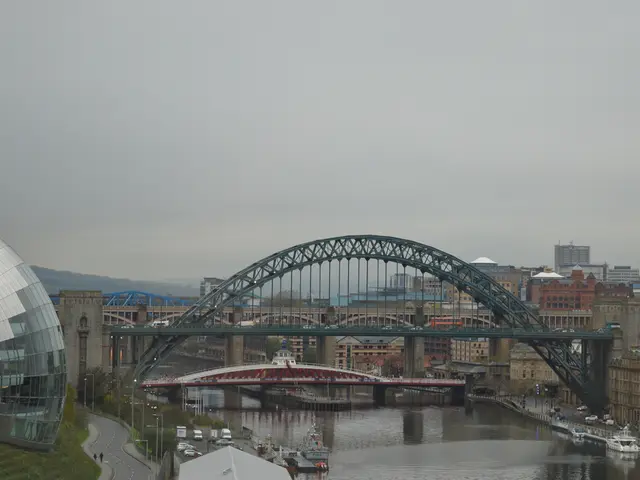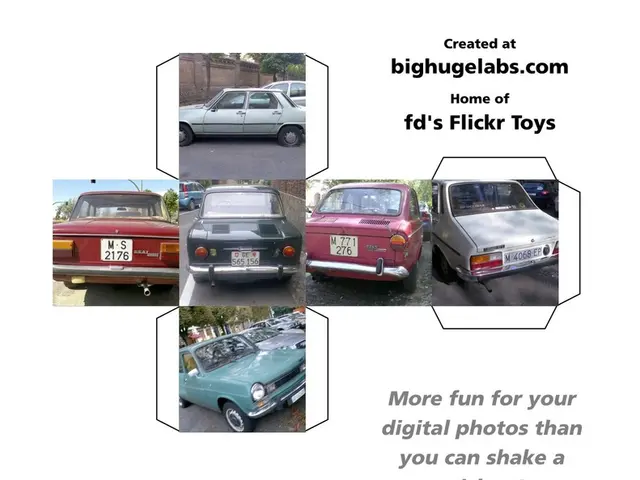Development Milestones in Medical Technology Creation
Racing in the booming $500 billion global medical device market? Navigate with ease thanks to this no-nonsense guide on the medical device development process, as encouraged by the US Food and Drug Administration (FDA). Here's the lowdown:
What's a Medical Device?
Either simple or complex, medical devices range from basic tongue depressors to complex implanted cerebral stimulators. They play a crucial role in healthcare, monitoring, diagnosing, and treating patients. Each device must adhere to strict safety and efficacy standards.
Medical Device Development Process
Discovery
Kickstarting new medical device ideas by investigating unmet clinical needs, user requirements, and market potential, helps determine technical feasibility and commercial viability.
Design and Engineering
Define the device, prototype, conduct medical device testing (verification and validation), and meet regulatory requirements. Prepare FDA-compliant documentation demonstrating your device's adherence to regulations.
Preclinical Testing
Ensure your device's safety and efficacy through animal studies, simulated use testing, bench testing, or in-vitro testing.
Clinical Testing
Once the device passes preclinical testing, test it on human subjects across three phases - Phase I, II, and III - offering increasing evidence of safety, effectiveness, and usability. Obtain informed consent and report adverse events.
Regulatory Approval
Prepare and submit a medical device application (depending on device class) for FDA approval. Submissions may include clinical trial data, design information, manufacturing processes, and labeling.
Manufacturing and Quality Control
Set up a manufacturing process that follows FDA regulations and ensures consistent product quality. Implement a quality management system (ISO 13485-compliant) for safe, scalable manufacturing practices.
Post-Market Surveillance
Monitor device performance, identify and address issues, and report adverse events to regulatory authorities. Establish a risk management process to collect data and implement corrective actions.
Continued Development
Continuously improve your device as user feedback evolves. Depending on changes, update the FDA as needed or even resubmit a full application.
No matter how tricky, stick to these eight steps to successfully develop your medical device and dominate the market! Struggling? Partner with RBC Medical, experts in design, engineering, manufacturing, and regulatory compliance. Rock your time-to-market and focus on bringing life-saving innovations to patients.
- The booming $500 billion global medical device market requires navigating regulatory compliance, with the US Food and Drug Administration (FDA) encouraging a no-nonsense guide for medical device development.
- Medical devices, ranging from basic tongue depressors to complex implanted cerebral stimulators, play a vital role in healthcare, monitoring, diagnosing, and treating patients while adhering to strict safety and efficacy standards.
- During the medical device development process, the discovery phase involves investigating unmet clinical needs, user requirements, and market potential to determine technical feasibility and commercial viability.
- In the design and engineering phase, the device is defined, prototyped, and tested following FDA regulations with the goal of producing FDA-compliant documentation demonstrating adherence to regulations.
- Preclinical testing ensures device safety and efficacy through animal studies, simulated use testing, bench testing, or in-vitro testing, while clinical testing on human subjects across three phases provides increasing evidence of safety, effectiveness, and usability.
- Regulatory approval is achieved by preparing and submitting a medical device application for FDA approval, which may include clinical trial data, design information, manufacturing processes, and labeling.
- Post-market surveillance involves monitoring device performance, identifying and addressing issues, and reporting adverse events to regulatory authorities, while employing a risk management process to collect data and implement corrective actions.
- Continued development, as user feedback evolves, requires constant improvement to the device, with any necessary updates reported to the FDA or full applications resubmitted as needed.
- Partnering with RBC Medical, experts in design, engineering, manufacturing, and regulatory compliance, can help you effectively rock your time-to-market and devote your attention to bringing life-saving innovations to the medical, medtech, health-and-wellness, and even space-and-astronomy communities as you dominate the medical device market.








